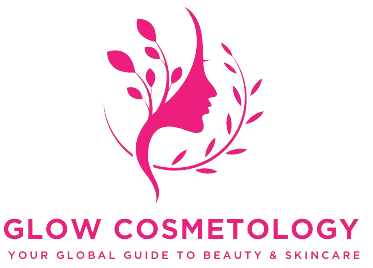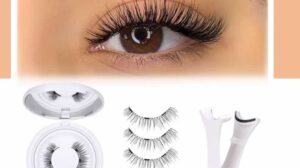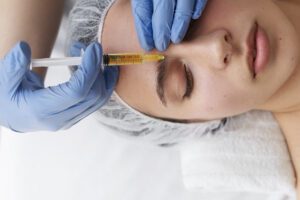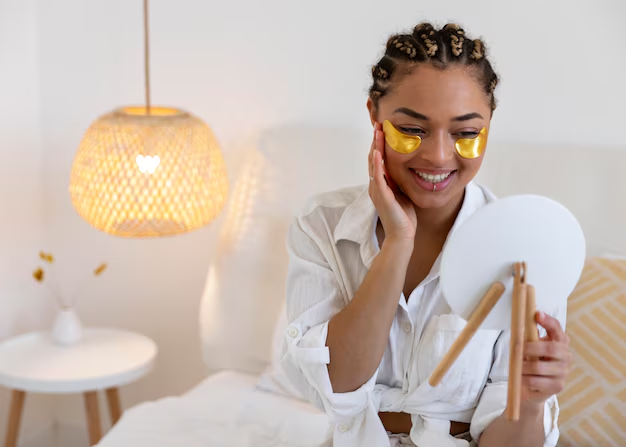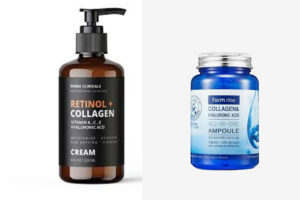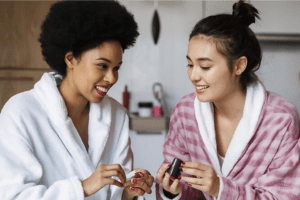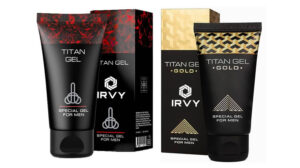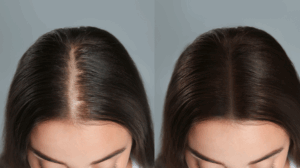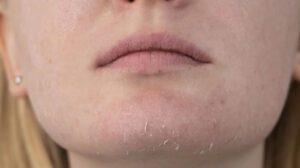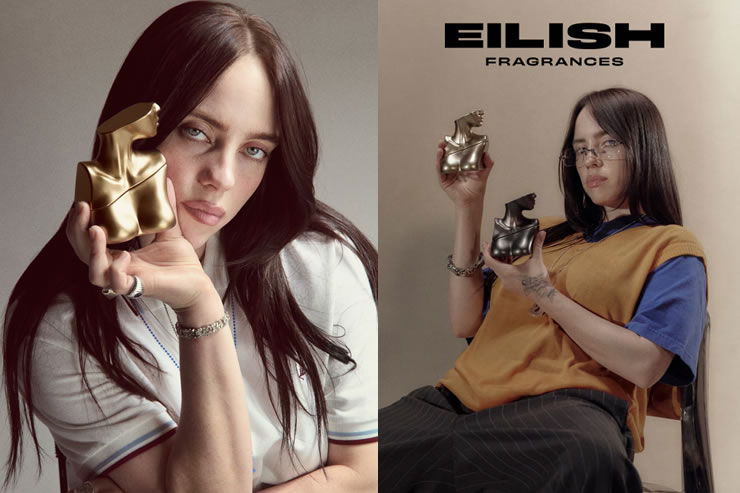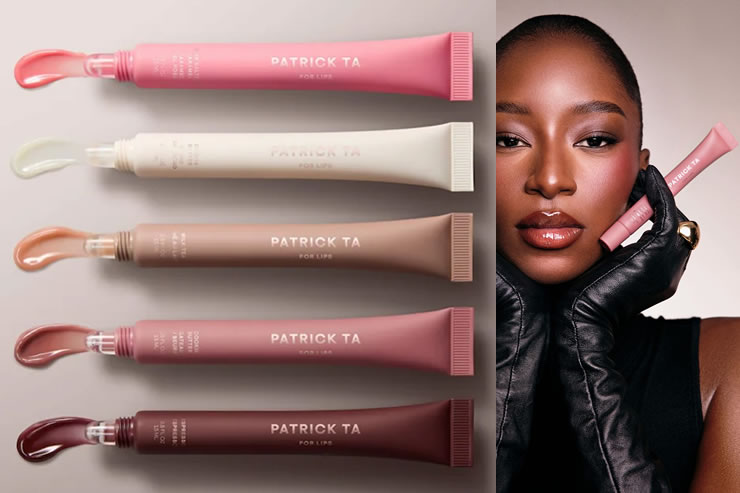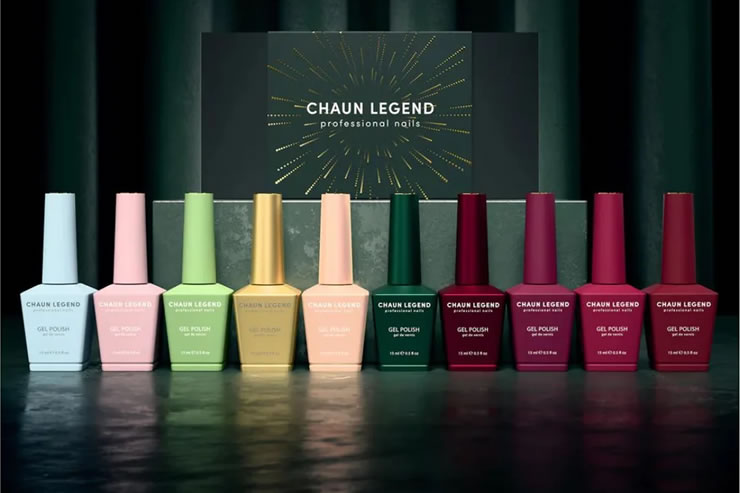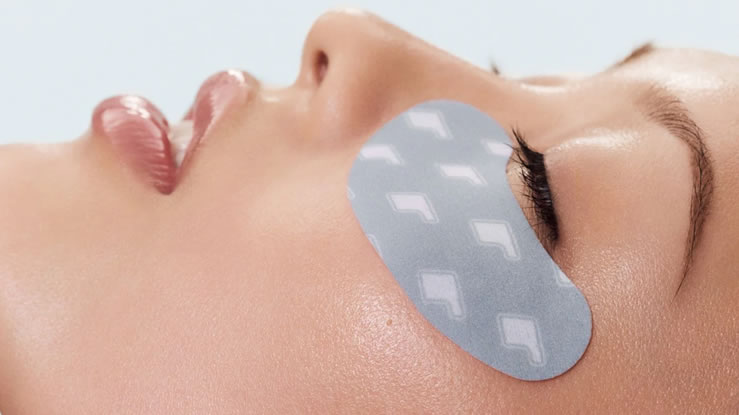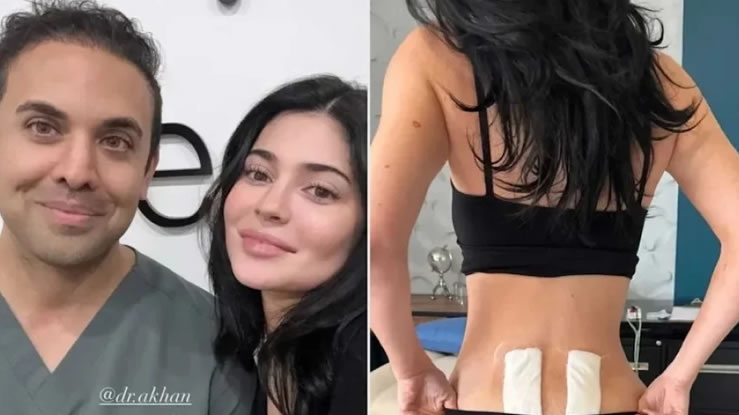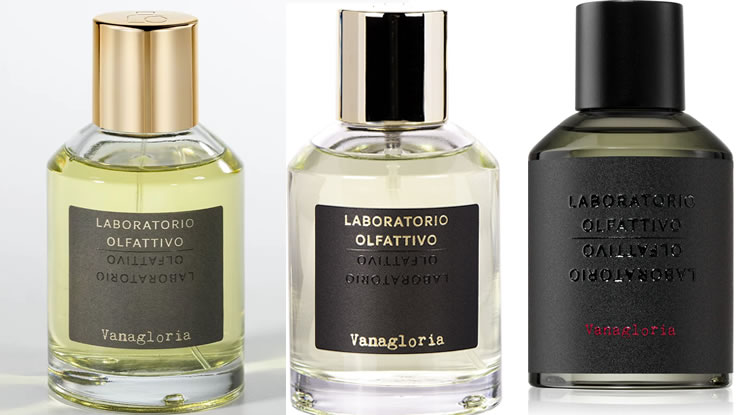LED light therapy is a non-invasive skincare treatment that uses light-emitting diodes (LEDs) to improve skin health and appearance. Unlike laser or chemical treatments, it does not burn or damage the skin. Instead, it delivers specific wavelengths of light that penetrate different depths of the skin.
Each wavelength corresponds to a color that has a unique effect on the skin. This is why many LED devices feature red, blue, green, yellow, or even multi-color modes. The therapy is widely used in dermatology clinics, spas, and increasingly at home through LED masks and handheld devices.
The popularity of LED light therapy comes from its versatility. It can help with acne, fine lines, wrinkles, dark spots, inflammation, and general skin rejuvenation. Treatments are painless, require no downtime, and can complement other skincare routines.
Read Also>>>Can we use LED face masks every day?
How LED Light Therapy Works
LED light therapy works by sending light waves into the skin without using heat. These light waves stimulate biological processes that repair and rejuvenate skin cells. The process is called photobiomodulation.
Here is how it works in simple steps:
-
Light penetration: The device emits LED light at specific wavelengths.
-
Skin absorption: The skin cells absorb this light. Different wavelengths reach different layers.
-
Cell response: The light energy boosts cell activity, increases circulation, and stimulates collagen and elastin production.
-
Visible results: Over time, this helps reduce acne, smooth fine lines, brighten skin tone, and improve overall skin texture.
Unlike ultraviolet (UV) light from the sun, LED light does not damage DNA or cause tanning. It is safe when used correctly.
LED Light Therapy Colors and Their Meanings
Each LED color penetrates to a different depth in the skin. The effects vary depending on which light is used.
Red Light Therapy
-
Wavelength: 620–750 nm
-
Penetration: Deep into the skin
-
Purpose: Stimulates collagen and elastin production
-
Benefits: Reduces wrinkles, fine lines, and sagging. Helps repair damaged skin.
Red light is often used for anti-aging treatments. It increases blood flow and boosts cell energy, leading to firmer, more youthful skin.
Blue Light Therapy
-
Wavelength: 405–420 nm
-
Penetration: Surface of the skin
-
Purpose: Kills acne-causing bacteria
-
Benefits: Clears acne, reduces oil production, and prevents breakouts
Blue light is the most effective choice for acne-prone skin. It can also reduce redness and inflammation linked to breakouts.
Green Light Therapy
-
Wavelength: 520–560 nm
-
Penetration: Middle layer of the skin
-
Purpose: Reduces pigmentation
-
Benefits: Brightens dull skin, evens out skin tone, fades dark spots and sun damage
Green light is commonly used to improve hyperpigmentation and melasma.
Yellow Light Therapy
-
Wavelength: 570–590 nm
-
Penetration: Shallow layers
-
Purpose: Boosts circulation and reduces redness
-
Benefits: Calms sensitive skin, reduces swelling, helps with rosacea and post-treatment recovery
Yellow light is often used to calm stressed skin and reduce sensitivity.
Purple and Combination Lights
Some LED devices use mixed lights like purple (a mix of red and blue) to target multiple skin issues at once. Purple helps with both acne and anti-aging. Other devices may cycle through colors for broader effects.
Benefits of LED Light Therapy
LED light therapy is valued for being gentle, safe, and effective when used correctly. Its benefits cover both cosmetic and medical areas.
Anti-Aging Effects
Red light stimulates collagen and elastin, which are responsible for skin firmness. Regular sessions reduce wrinkles and fine lines, making skin look more youthful.
Acne Reduction
Blue light kills bacteria that cause acne. It also regulates oil production, making it ideal for people with oily and acne-prone skin.
Even Skin Tone
Green light reduces pigmentation, helping fade dark spots, sun damage, and uneven skin tone.
Reduced Redness and Sensitivity
Yellow light calms inflamed or sensitive skin. It is beneficial for those with rosacea or skin irritation after other treatments.
Healing and Recovery
LED therapy improves blood flow and helps the skin repair itself faster. It can be used after procedures like chemical peels or microneedling to speed up healing.
Non-Invasive and Painless
Unlike laser or surgical options, LED light therapy does not cause burns or require downtime. Treatments are comfortable and can even be relaxing.
Risks of LED Light Therapy
While LED light therapy is generally safe, there are some risks and limitations to be aware of.
Temporary Side Effects
Some people may experience redness, irritation, or dryness after treatments. These usually go away quickly.
Not Suitable for Everyone
LED therapy is not safe for people with certain conditions like epilepsy, photosensitivity, or those taking medications that make the skin sensitive to light. Pregnant women should consult a doctor before starting.
Eye Safety Concerns
Strong LED light can damage the eyes if not protected. Always wear safety goggles when using professional LED machines. Home devices usually have lower intensity, but caution is still advised.
Limited Results Alone
While LED therapy can improve skin appearance, it is not a miracle cure. Results are best when combined with a consistent skincare routine and professional advice.
Professional vs At-Home LED Devices
LED light therapy can be done both in clinics and at home.
-
Professional treatments use stronger devices that deliver quicker results. A dermatologist or trained aesthetician adjusts the treatment to your needs.
-
At-home devices like LED masks or handheld tools are weaker but convenient. They require consistent use over weeks or months to see results.
If you are new to LED therapy, at-home devices are a good way to start. For faster and stronger effects, professional treatments may be better.
Who Should Try LED Light Therapy
LED light therapy is suitable for people who want to:
-
Reduce acne and breakouts
-
Improve skin texture and firmness
-
Minimize fine lines and wrinkles
-
Fade pigmentation and dark spots
-
Calm sensitive or irritated skin
It is safe for all skin tones and types. People with darker skin tones benefit just as much as those with lighter skin tones.
How Many Sessions Are Needed
The number of sessions depends on your goals and skin condition.
-
Anti-aging: 10–12 sessions over 4–6 weeks, followed by maintenance once a month.
-
Acne: 2–3 sessions per week until acne improves.
-
Pigmentation: Weekly treatments for several months.
At-home devices often require more frequent use since they are weaker. Consistency is key for visible results.
Tips for Safe and Effective Use
-
Always cleanse your skin before using LED therapy.
-
Do not use LED light over open wounds or infections.
-
Protect your eyes with goggles for professional devices.
-
Be consistent with treatments for best results.
-
Combine with quality skincare products for maximum effect.
LED light therapy is one of the most popular non-invasive skin treatments available today. By using different colors of light, it targets acne, wrinkles, pigmentation, redness, and overall skin health. It is safe, painless, and suitable for all skin types when used properly.
The main benefits include anti-aging effects, acne control, brighter skin tone, and improved healing. Risks are minimal, with eye protection and correct use being the most important precautions.
Whether you choose professional treatments or at-home devices, consistency is the key to seeing results. With the right approach, LED light therapy can become a valuable part of your skincare routine.
